Precision Aluminum Extrusions
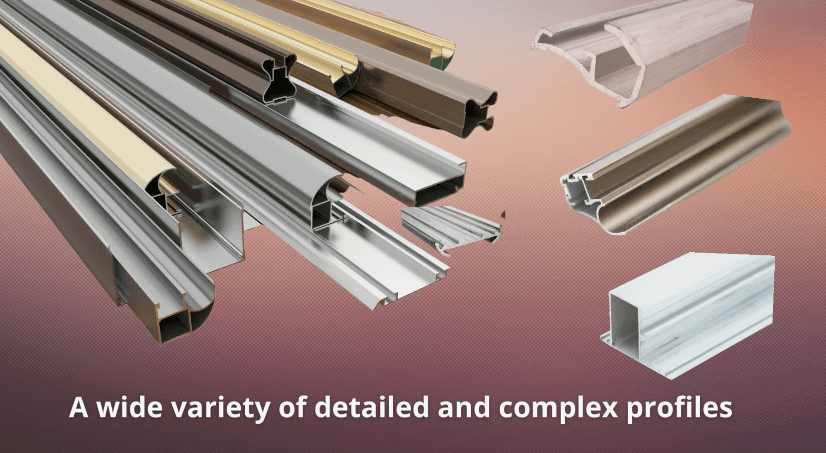
Source International – Aluminum Extrusion Products
Aluminum Extrusions From Source International
Aluminum Extrusions are produced by a process by which heated aluminum alloy material is forced through a die with a specific cross-sectional profile. Aluminum extrusion parts are widely used in construction, machineries, home appliance, etc.
Aluminum Extrusions can provide different shapes of profile:
- Solid (i.e. rod, beam)
- Hollow (i.e. rectangular tube)
- Semi-Hollow (i.e. various channel, heat sink)
The aluminum extrusion process begins with the product design. The design of the product based on its intended use determines the production parameters. Questions regarding function, machinability, finishing, and use environment will lead to the choice of alloy. The function of the profile will determine the design of its form and, hence, the design of the die that shapes it.
Our ISO 9001 certified facilities focus on the most advanced, state-of-art aluminum extrusion equipment giving us the capability to deliver a diverse set of parts for a wide range of industries, including agriculture, automotive, industrial machines, HVAC, and many others. Common materials used at our factories are, 6061 and 6063 alloy, and many others.
Starting with your AutoCAD, IGES, PDF, or SolidWorks file, our expert team produces your custom parts with tight tolerances and that always meet your specifications. Regardless of the complexity of your design, we’ll find the best way to meet your needs in a timely, cost-effective manner.
For a good overview of the aluminum extrusion process click here.
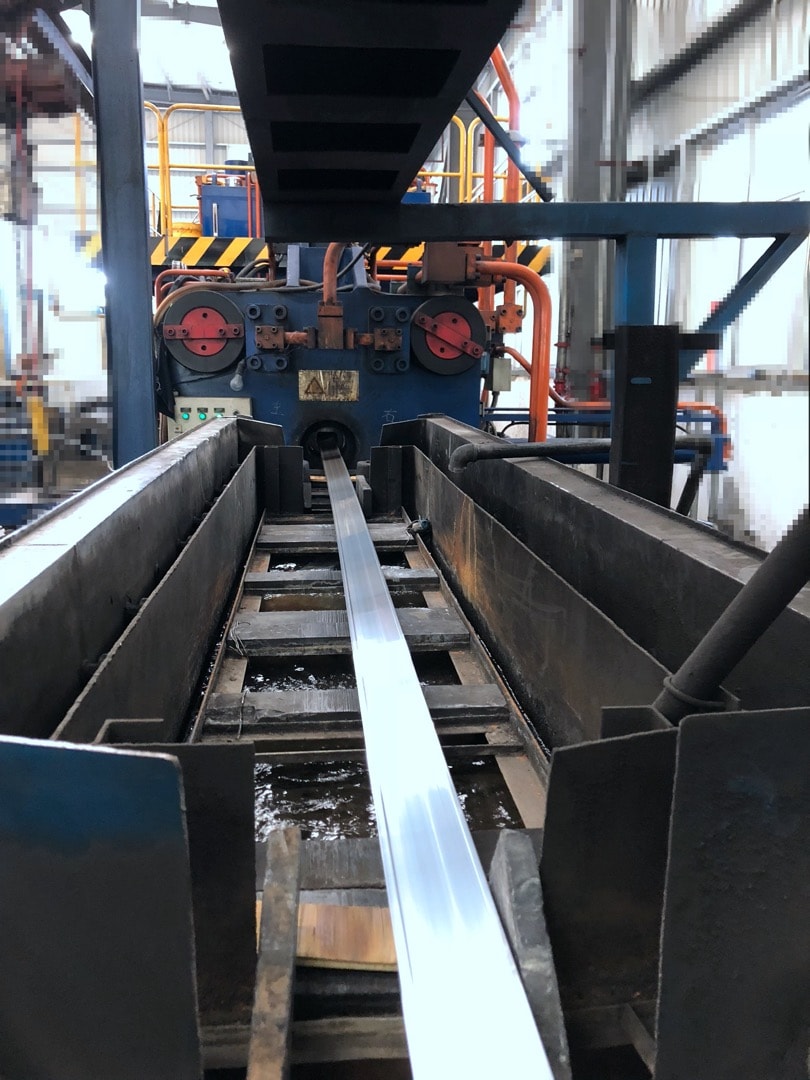 Extrusion Profiles Ready For Aging
Extrusion Profiles Ready For Aging
Primary Considerations For Aluminum Extrusion Products
Once shape of profile is developed and appropriate aluminum alloy is selected, an extrusion die needs to be produced. Once the extrusion die is prepared, the billet and extrusion tools are preheated to ready them for the extrusion process.
Billet
The aluminum extrusion process uses raw material referred to as the billet. The extrusion process starts with softening the aluminum billet in a furnace, then a hydraulic press applies pressure to the billet and forces it against the die and the soft aluminum begins to squeeze out through the die to emerge on the other side as a formed profile to produce the desired shape.
Precision Aluminum Extrusion Product Applications
Source International offers a wide range of precision aluminum extrusion product design, die-making, extrusion, finishing, and packaging and delivers on-time, on-spec, every time. Our high-performance systems are engineered for eco-friendly, low energy consumption with super-accurate repeatability within extremely tight tolerances. Contact our team today to check your precision part specifications against our capabilities.
Extrusion Process
During extrusion, the billet is still solid, but has been softened in a furnace. Extrusion operations typically take place with billet heated to temperatures in excess of 700°F (375°C). The actual extrusion process begins when the ram starts applying pressure (from 100 tons to 15,000 tons of pressure ) to the billet within the container anywhere. The pressure of a press determines how large an extrusion it can produce.
The completed extrusion is cut off at the die and the remainder of the metal is removed to be recycled. Depending on billet size and die opening, a continuous extrusion as long as 200 feet long may be produced with each stroke of the press. The newly-formed extrusion is supported on a runout conveyor as it leaves the press and begins to cool, either naturally or through the use of air or water quenches. This is a critical step to ensure sufficient metallurgical properties after aging. The extrusion is then transferred to a cooling table. A “stretcher” may be employed after the profile has been quenched (cooled) to straighten the extrusion and correct any twist that may have occurred during the extrusion process.
Heat Treatment
After the aluminum extrusion is cut to the specified commercial length it is normally put into oven and heat treated to achieve T5 or T6 temper. Aluminum extrusions reach their optimal strength through the process of aging or heat-treating. Heat treating alloys are further strengthened or hardened through controlled thermal treatments that affect the metallurgical structure of the alloys. The heat treatment process ensures the uniform precipitation of fine particles through the metal, yielding maximum strength, hardness, and elasticity for the specific extrusion alloy.
Finishing
After heat treatment, the extrusion can be fabricated (cut, machined, bent, welded, etc.) or finished (anodizing or painted). Though Aluminum alloys are more corrosion resistant than regular steel, depending on which aluminum alloy is used, some corrosion may develop after a period of time. To enhance corrosion resistance on aluminum, anodizing is commonly used as a surface finishing. Its thick oxide layer helps to improve the corrosion resistance and also make it more abrasion resistant. Power coating can also be applied to aluminum extrusion parts as well, it provides thicker layer on the surface for protection and offers more options for various colors.
SUBSCRIBE TO OUR NEWSLETTER
Talk With Our Supply Chain Experts
SCHEDULE A CALLSOURCE INTERNATIONAL OPTIMIZES SUPPLY CHAINS
Whatever your procurement needs may be, Source International provides commodity and supply management expertise to allow you the most globally competitive prices combined with the best quality (always on-spec) and an on-time delivery record unmatched in the industry.
Send us an email to find out how we can add value to your global supply chain to save you time and money while increasing overall efficiency and product quality.

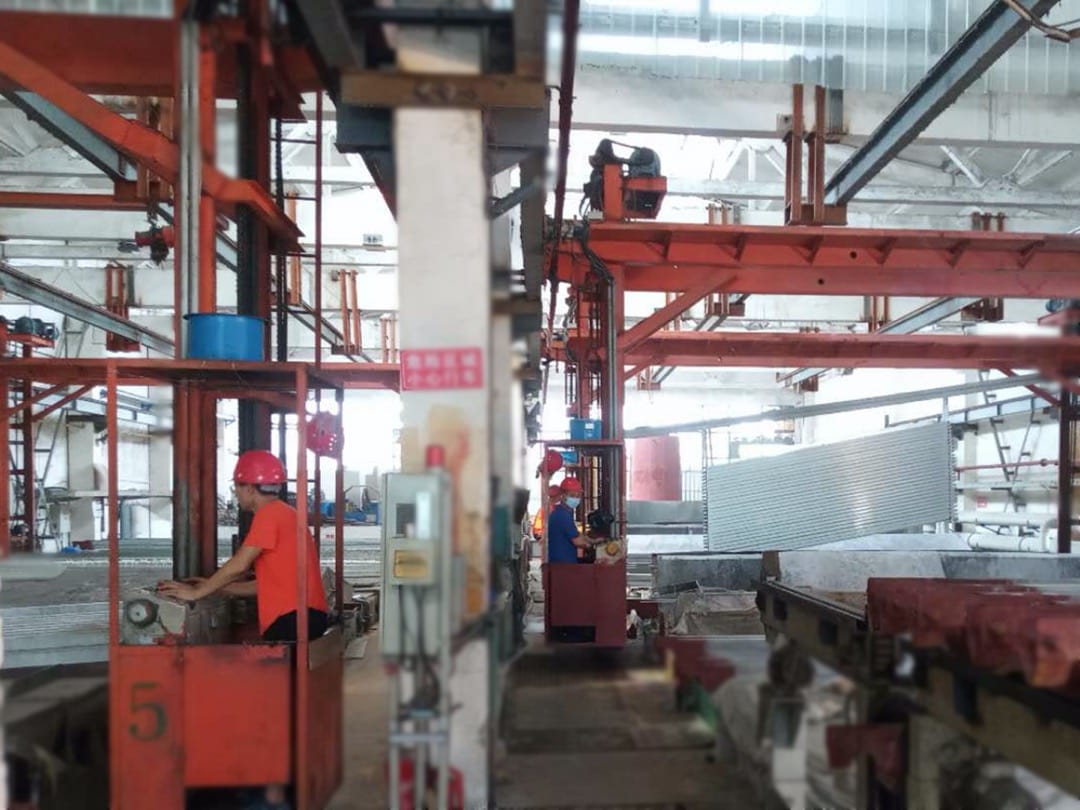 Aluminum Anodizing Process
Aluminum Anodizing Process
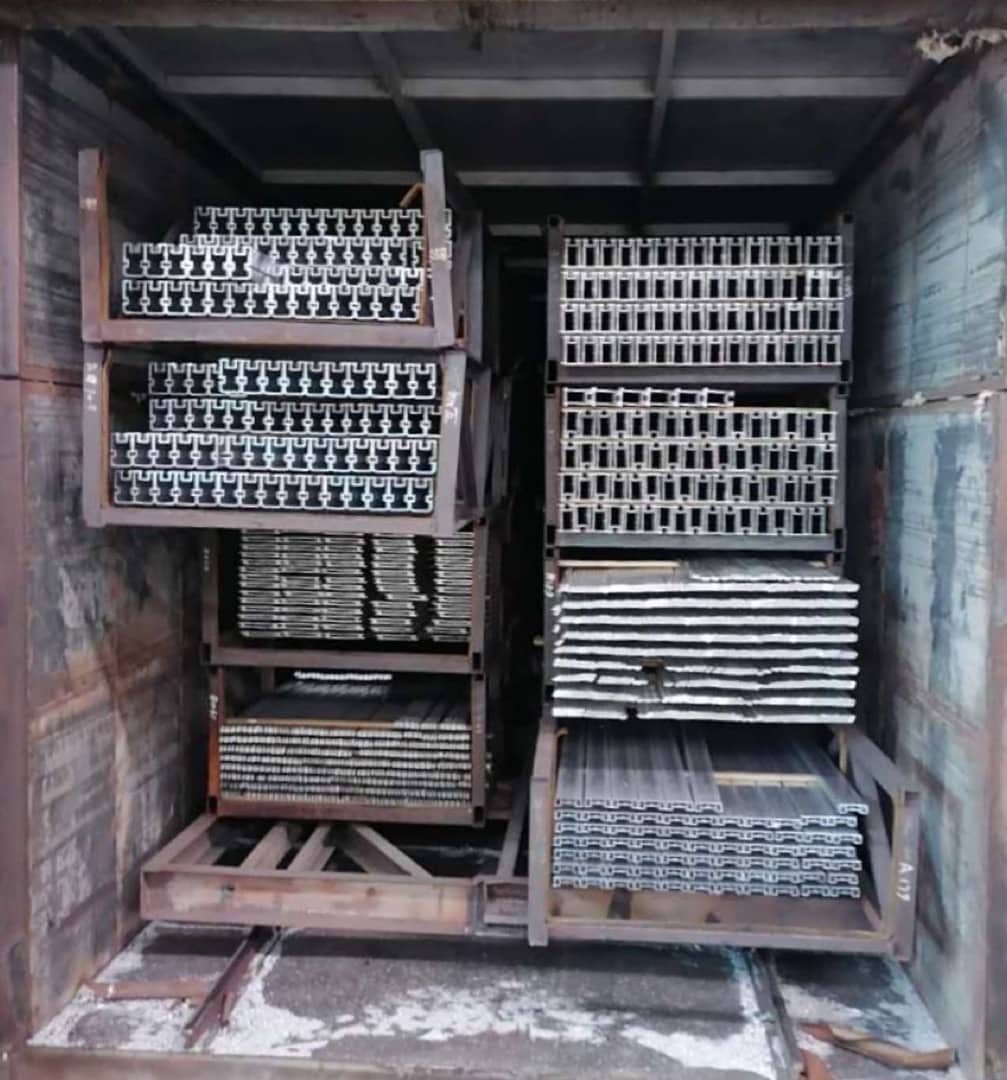 Aluminum Profile Aging
Aluminum Profile Aging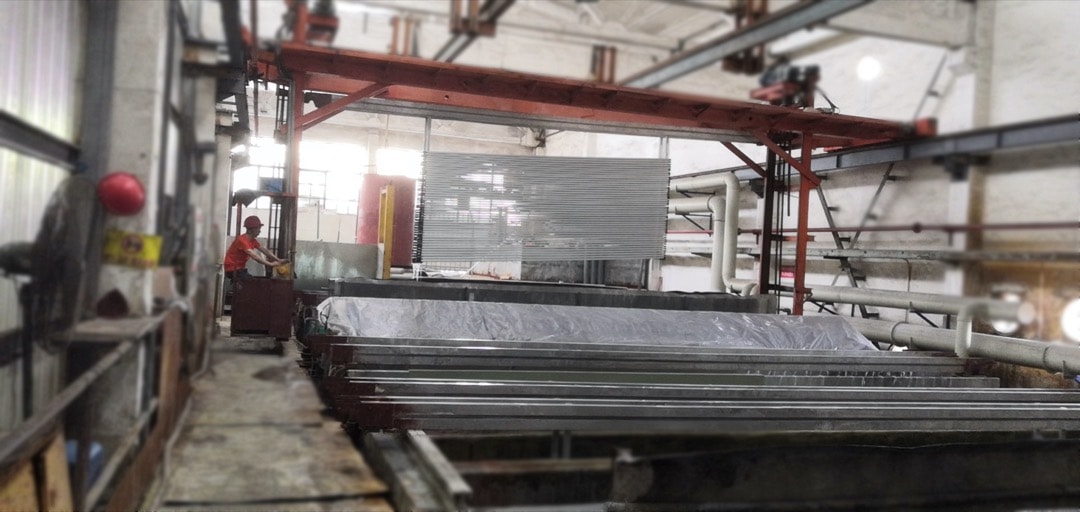 Aluminum Anodizing Process
Aluminum Anodizing Process
Comments are closed